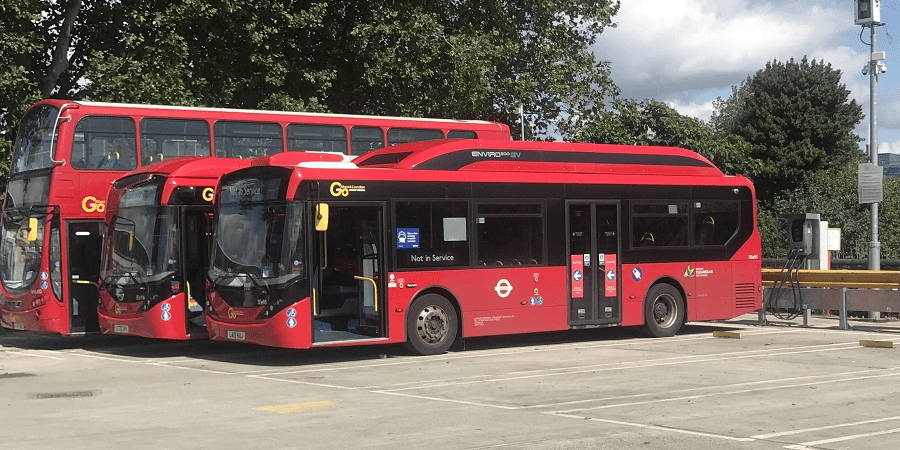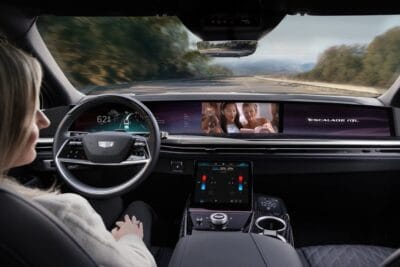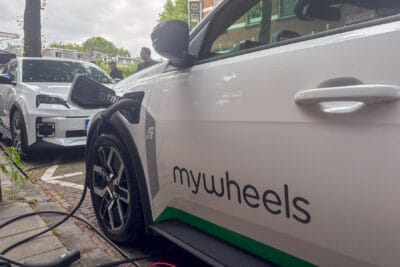V2G electric bus project takes off in London
A large vehicle-to-grid project with electric buses has now been launched at a bus depot in North London. The Bus2Grid project is testing V2G systems with an initial 28 electric double-decker buses with which more than 1 MW of energy can be fed back into the grid.
The project is led by SSE Enterprise and funded by the British government and includes the involvement of the Mayor’s Office, Transport for London and the bus operator Go Ahead. Overall, the project should run for three years in which time the trial is to be extended to up to 100 e-buses. The research is financed by the Department for Enterprise, Energy and Industrial Strategy (BEIS) and the Office of Low Emission Vehicles (OLEV), among others.
BYD-ADL electric buses are used in the project. The joint venture between the Chinese electric bus manufacturer BYD and Alexander Dennis Limited offers the Envrio400EV, an E version of the iconic red double-decker bus. The single-decker version Envrio200EV is also used by Go Ahead and other bus operators in London.
The potential leverage for the project is huge: there are around 9,000 buses on the road in London, which are increasingly being converted to electric drives. in theory, the vehicles could supply enough energy to supply more than 150,000 households, according to British media. This is, of course, a theoretical figure, as the buses will hardly be connected to the network at the same time. However, the potential of the energy stored in the buses’ batteries is becoming clear.
“Electrifying transport will have huge benefits for air quality in cities and for meeting our climate change commitments,” says Stephen Hall of the University of Leeds, which is providing scientific support for the project. “Large electric vehicles like these can also support the energy system, but this means creating new ways of working between energy utilities, grid managers, and transport providers”. The project should create new business models for this.
Ian Cameron, Head of Innovation at UK Power Networks, sees a major advantage of the electric buses compared to V2G-capable electric cars: the plannable routes with their predictable charging requirements and times. “That means we can easily predict and plan for how we can use any spare electrical capacity they can offer,” says Cameron. “For example, we could use them as energy storage devices that could add capacity and help us to increase the volume of renewable energy exported onto the network when supply might otherwise be exceeding demand.”
Just a few days ago, Nissan and E.On had also started a V2G project in England. But the two partners are focusing on passenger cars and corporate fleets. These too are often parked in the company’s employee car parks in a plannable manner and can thus be used for network services. Nissan and E.On also want to test what income companies can generate from the networked charging of their company fleets.





2 Comments